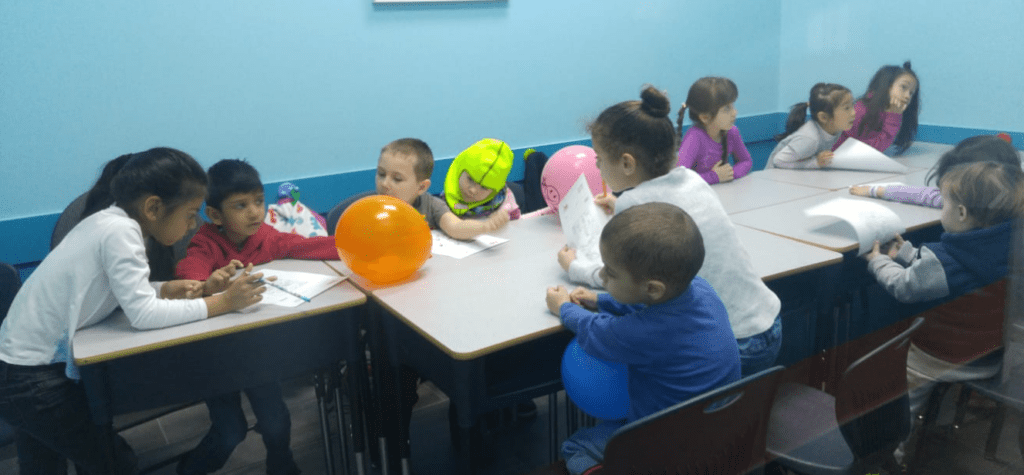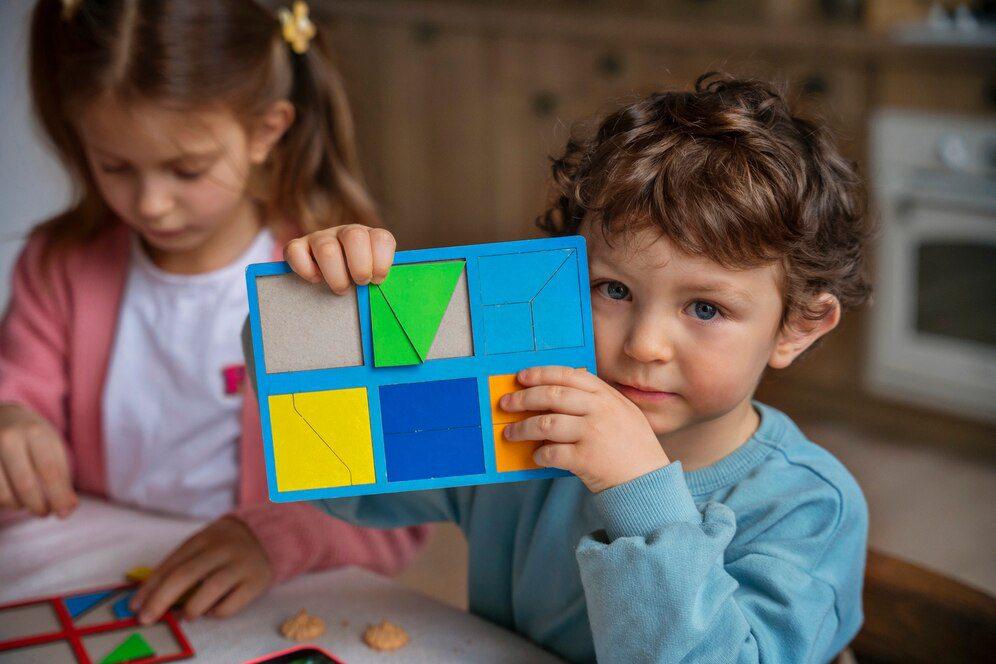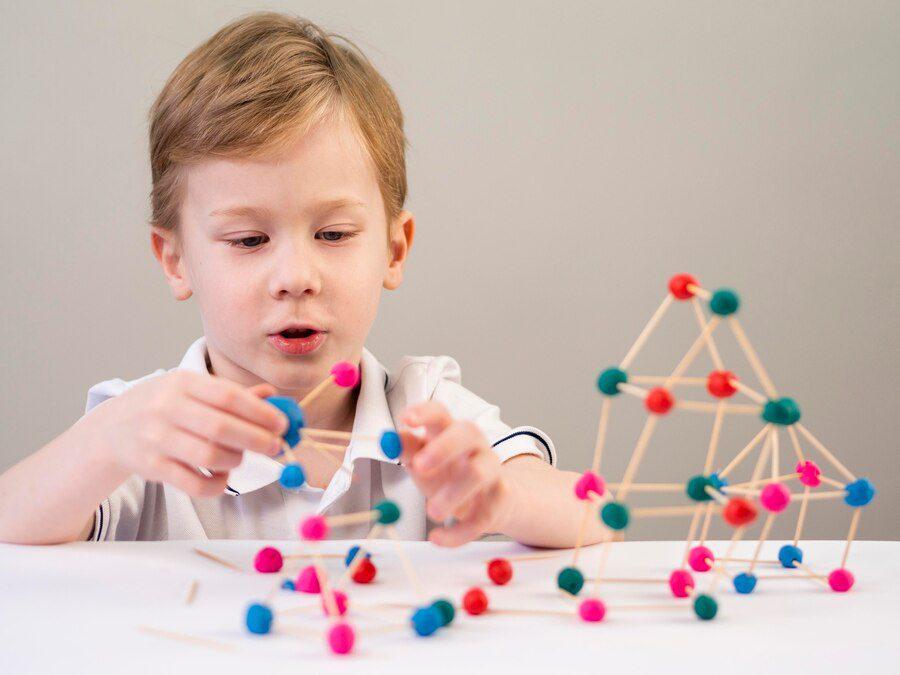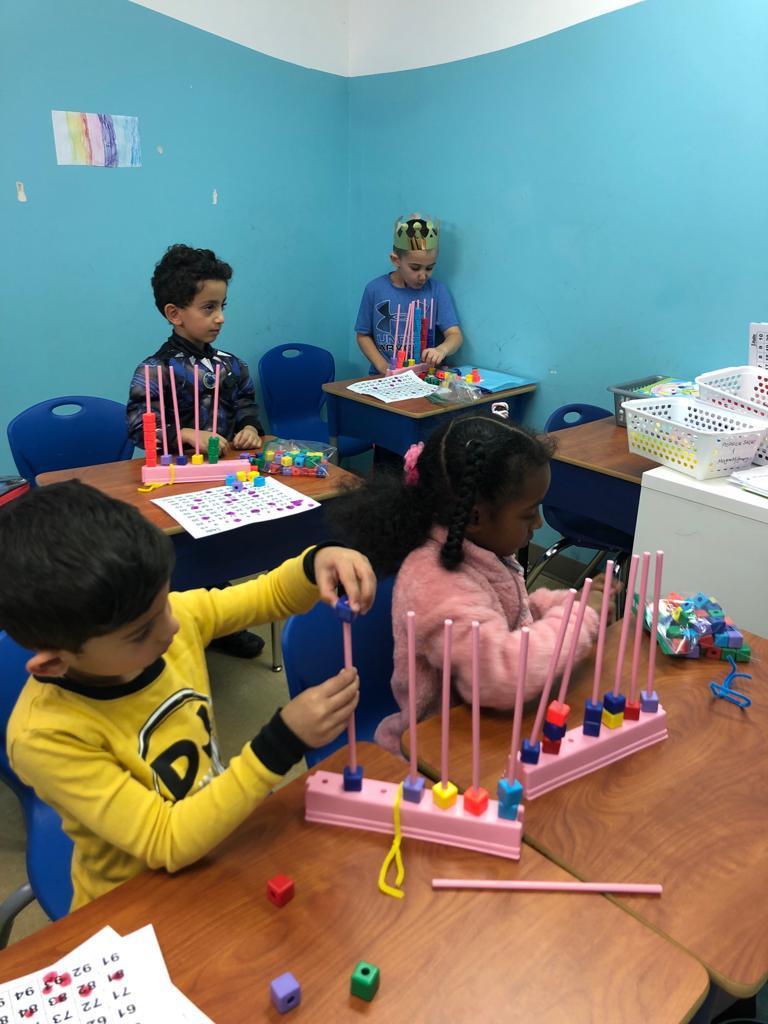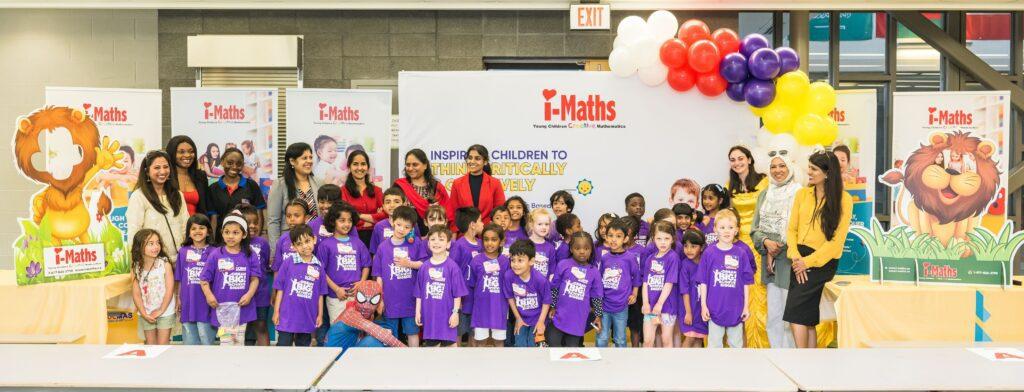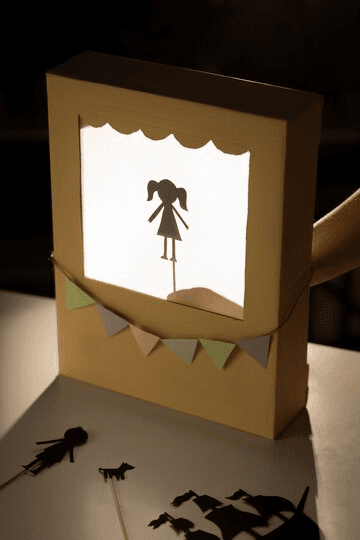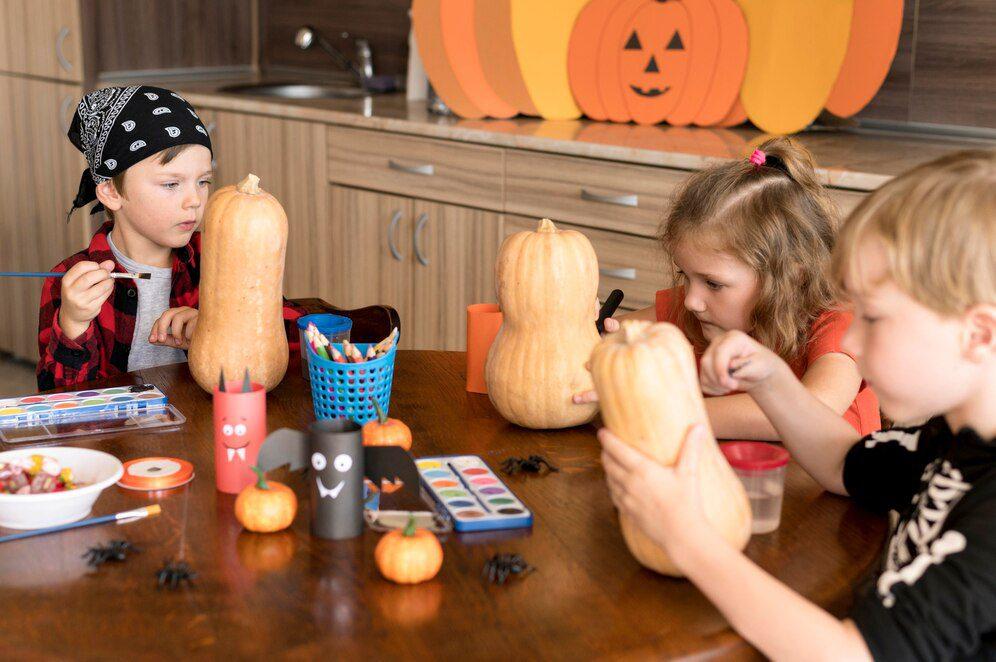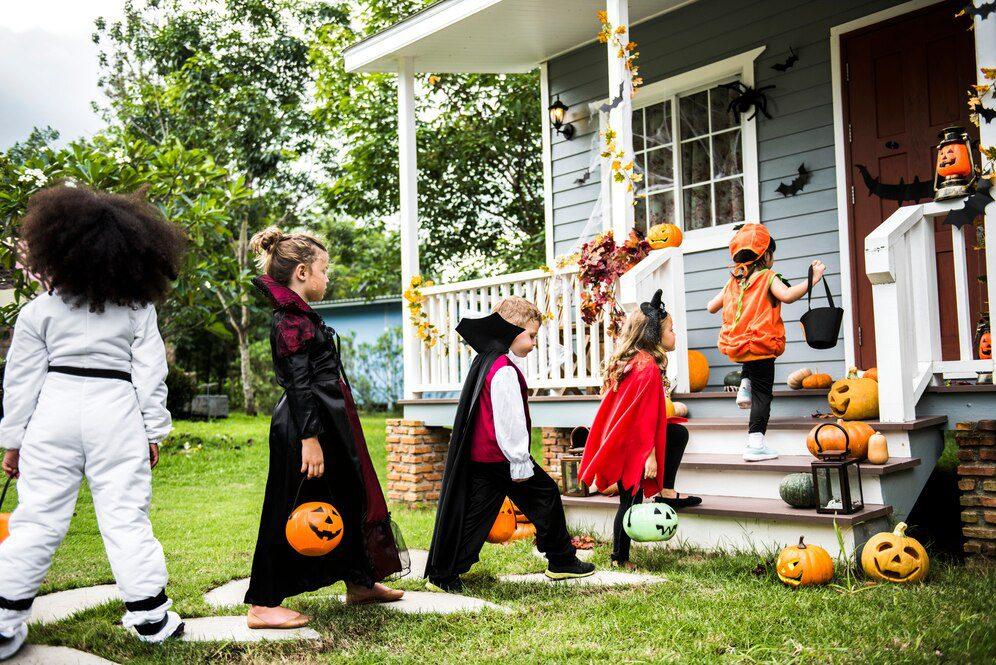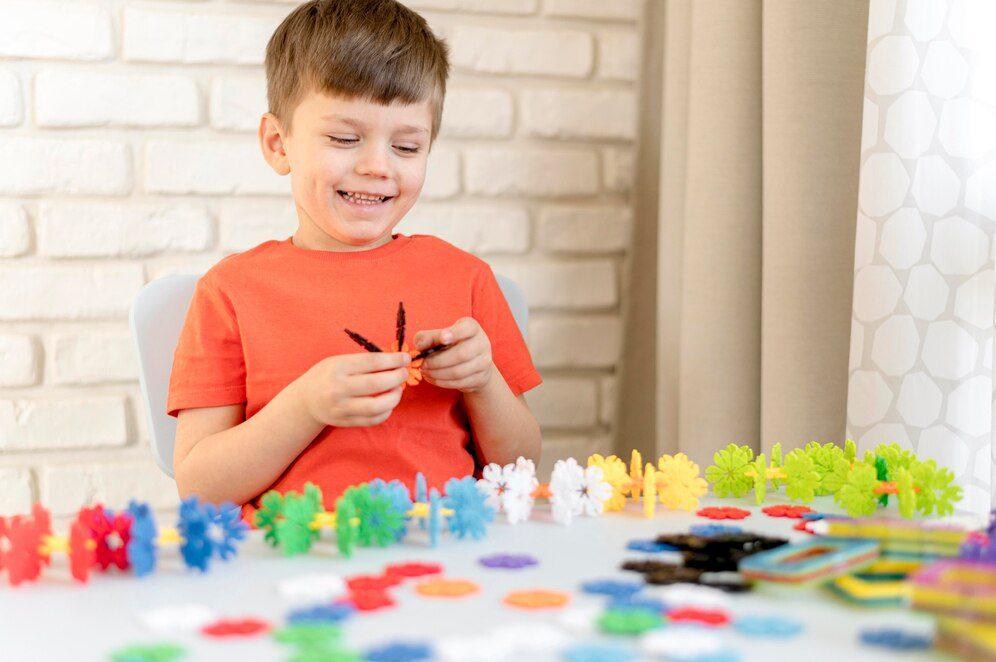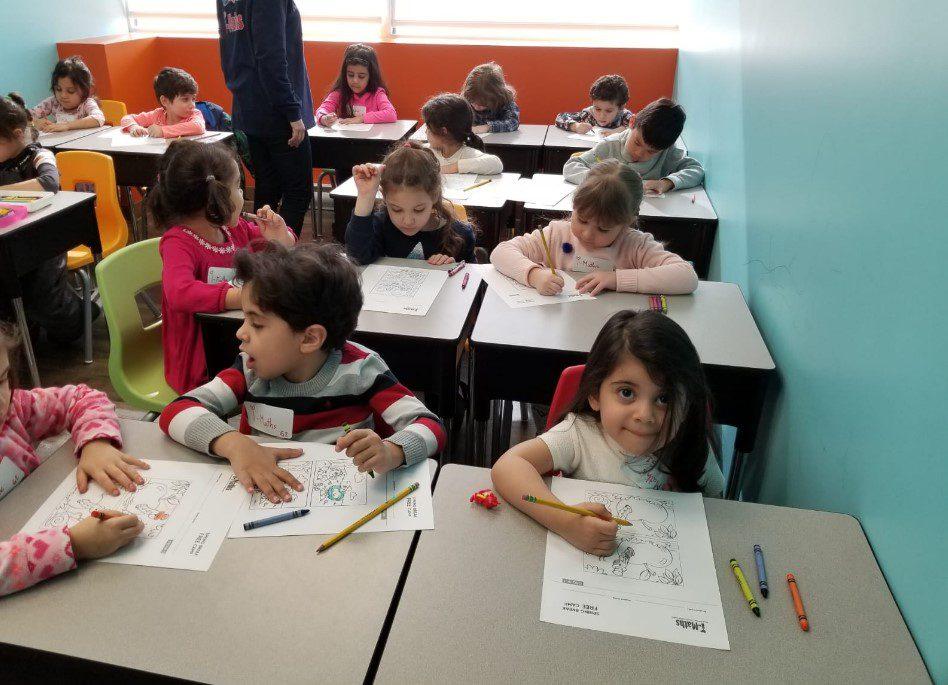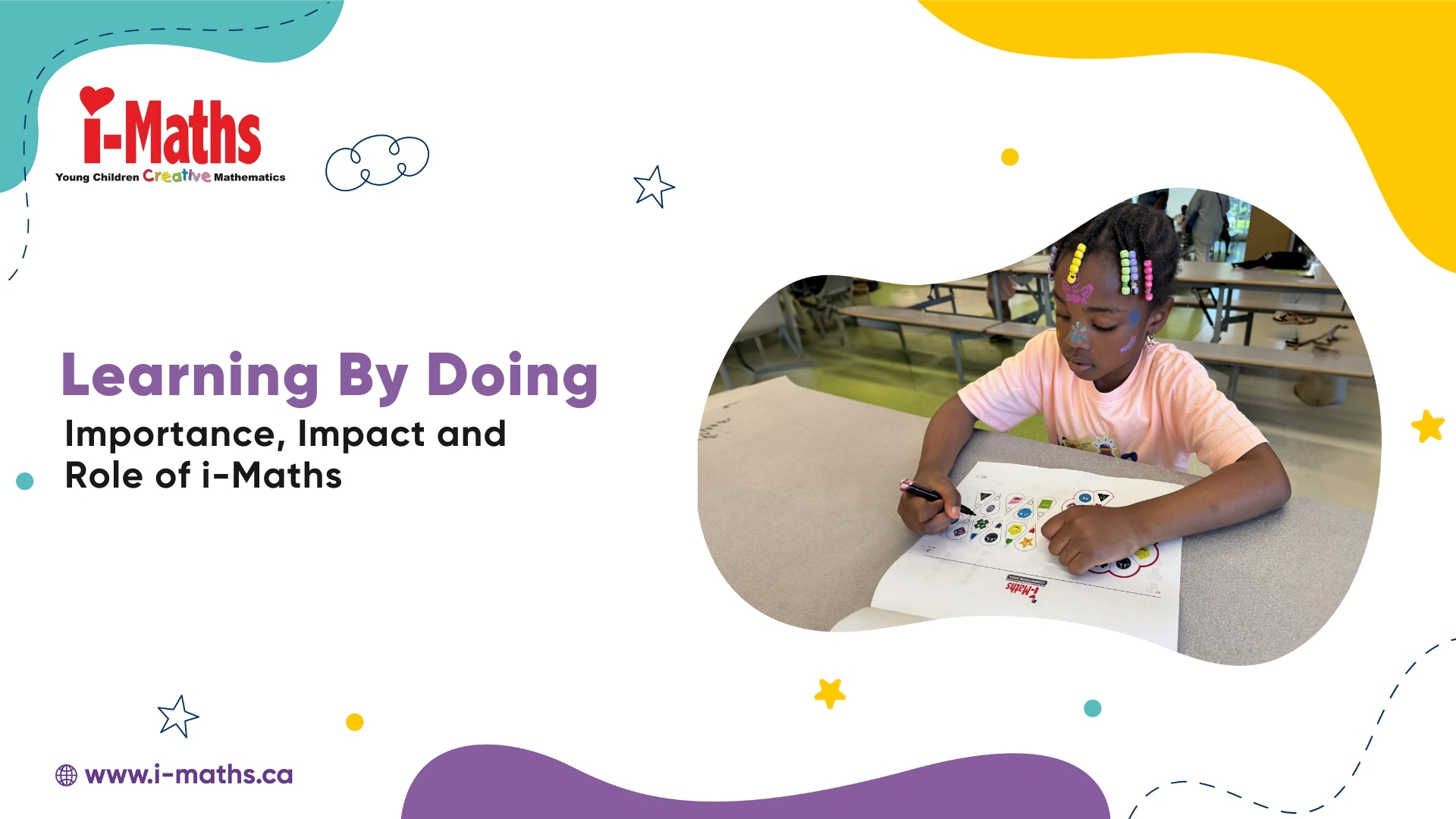Preschoolers are bundles of boundless energy! Their days are filled with curiosity, exploration, and mischief. So why not channel all that energy into something beneficial? Encouraging physical movement through fun, play-based activities helps preschoolers develop essential motor skills, boost their confidence, and build a lifelong love for staying active.
But let’s face it, preschoolers will not upfront be active without some creative coaxing. That’s where fun and engaging activities come in! Let’s explore some fun ways to help preschoolers wiggle, jiggle, and giggle their way to a healthy lifestyle.
7 Fun Activities to Encourage Physical Movements in Preschoolers
#1 Animal Adventure Yoga
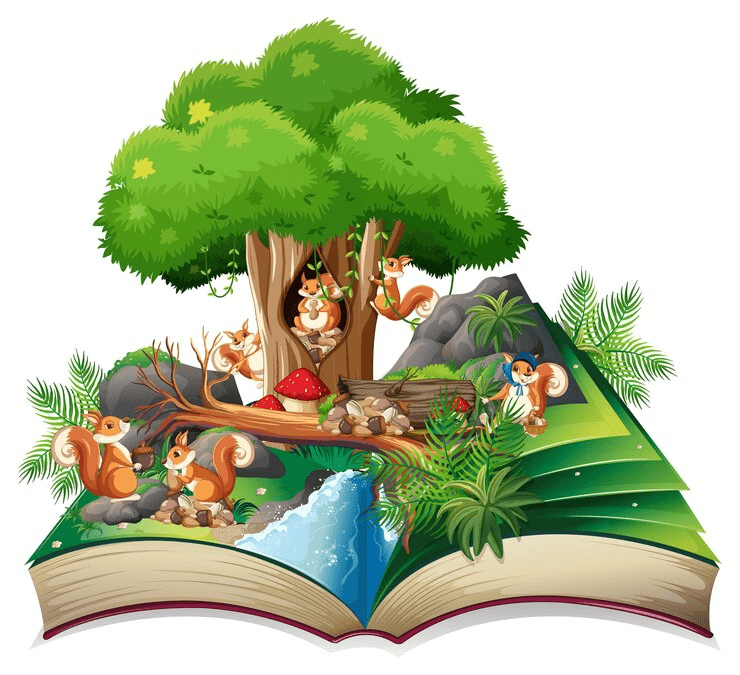
Who doesn’t love pretending to be a roaring lion or a fluttering butterfly? Turn yoga into a playful journey where kids mimic animals. A downward dog becomes a barking puppy, and a cobra stretch turns into a slithering snake. This activity improves flexibility, balance, and focus while keeping the kiddos entertained.
Tip: Add a storytelling element, like a jungle adventure, to keep their imagination soaring.
#2 Obstacle Course Extravaganza

Transform your living room or backyard into an exciting obstacle course! Use pillows, cones, hula hoops, and anything else lying around. Challenge the kids to crawl under tables, hop through hoops, and balance on a line of tape.
This not only helps develop coordination and motor skills but also provides endless laughter when little ones try to navigate the obstacles!
Pro tip: Time each round and cheer them on to make it a fun competition.
#3 Freeze Dance Mania

Play your child’s favorite tunes and let them dance like no one’s watching. When the music stops, they freeze in their funniest pose. This game builds coordination and listening skills while letting kids unleash their inner pop stars.
Bonus: Parents, join in! Nothing beats seeing mom or dad bust out their “legendary” dance moves.
#4 Balloon Volleyball

A simple balloon can turn into hours of active fun. Set up a “net” with a piece of string or just use an imaginary line. Kids can hit the balloon back and forth without letting it touch the ground.
This game enhances hand-eye coordination and keeps those tiny arms moving. Plus, it’s indoor-friendly.
#5 Treasure Hunt Adventure
Hide little treasures around the house or yard and create a map with fun clues. Kids will have to crawl, jump, and climb to uncover their “hidden treasures.”
This combines physical movement with problem-solving, giving kids a brain and body workout.
#6 Simon Says Get Moving
Revamp the classic game of “Simon Says” with active commands. “Simon says jump like a frog,” “Simon says run in place,” or, “Simon says spin like a tornado!” This activity sharpens listening skills while keeping kids on their toes—literally.
Tip: Throw in some silly commands like “Simon says wiggle your nose” for extra giggles.
#7 Nature Exploration
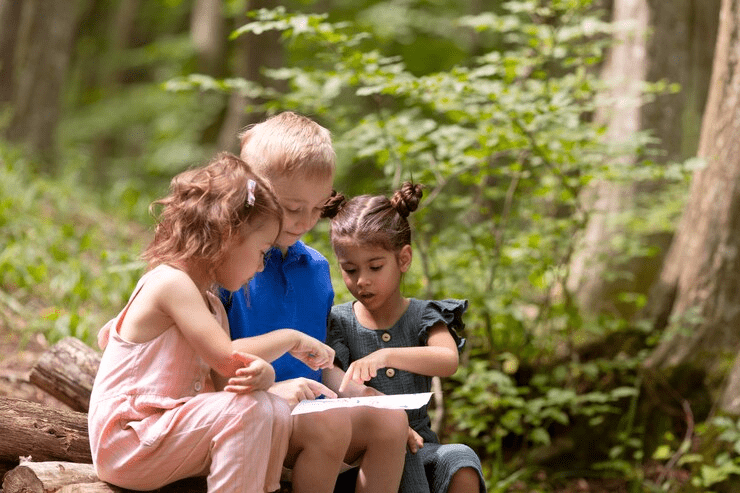
Take the kids outside for a mini nature safari! Encourage them to run, jump, count, and memorize as they explore nature. Create a scavenger hunt list with items like “a yellow flower” or “a funny-shaped rock” to make it even more engaging and educational.
This activity promotes physical movement, sparks curiosity, and connects kids with the great outdoors. Plus, it’s a perfect way to burn off energy while enjoying fresh air!
Tip: Pack a magnifying glass or binoculars for an extra dose of fun.
Ready to explore? Here’s a roadmap to Mathematical Exploration
Importance of Physical Activity in Preschoolers
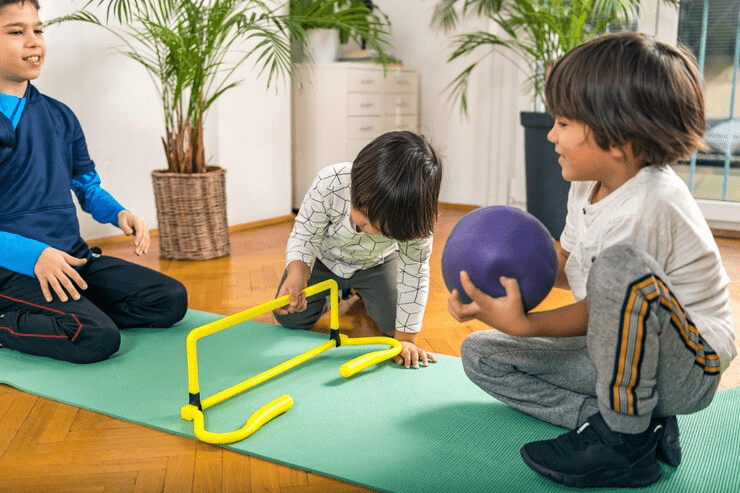
Physical activity does more than just tire kids out for nap time (though that’s a definite perk!). Here’s why it’s so important.
Activities like running, jumping, and balancing improve coordination and motor skills.
Group activities enhance social skills like teamwork, sharing, and communication.
Physical movement helps channel their energy, making it easier to focus during quiet activities like reading or puzzles.
Exercise releases endorphins, the feel-good hormones, which can boost their mood and reduce stress.
Staying active strengthens their heart, muscles, and bones while setting the stage for a healthy lifestyle.
Did you know activities like painting, cutting shapes, etc are excellent for developing your child’s fine motor skills?
Learn Through Play With i-Maths
At i-Maths, we believe in learning on the move—literally! Play-based learning forms an integral part of our teaching culture and preschool activities. We follow a tri-lateral method to introduce a concept.
The concrete method focuses on hands-on and experimental learning, the semi-abstract method includes visual elements to enable better understanding and development of aptitude and skills, and lastly, the abstract method uses books to apply and evaluate the concept.
Interesting Teaching Method?
So you see, it’s not just play but purposeful play that we encourage at i-Maths. Our innovative programs integrate physical movement with cognitive challenges, ensuring kids have fun while developing essential skills. From running to grab the right answer to balancing blocks and building number towers, every activity is thoughtfully designed to engage both the body and mind.

Through these methods, i-Maths doesn’t just teach numbers, we nurture confidence, curiosity, and a love for play and learning.
So, let’s ditch the screens (at least for a while) and get those little feet moving, jumping, and dancing. After all, a playful child is a happy and healthy child! Ready to kick-start the fun?
Your quest to find ‘Early learning center near me’ ends here! Enroll your child in the i-Math early education program to introduce a dash of fun into your child’s learning process. Together, we can help them discover the joy of learning through play.
















